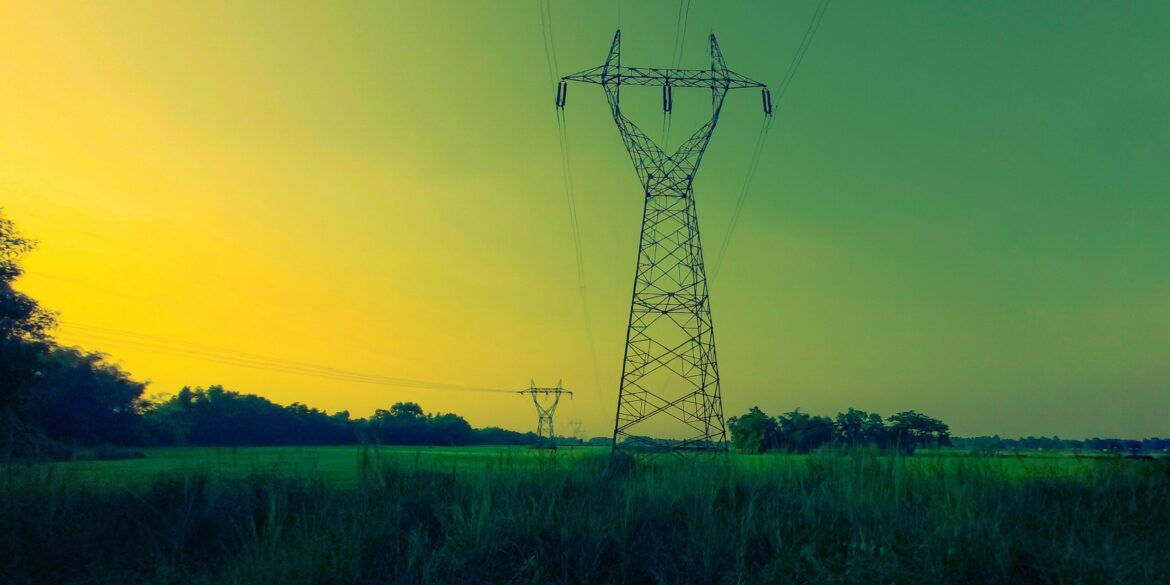In the pursuit of American energy independence, the path forward lies not in sweeping federal mandates, but in empowering local ingenuity. Across the United States, states are stepping up with tailored energy solutions that reflect their unique resources and economic landscapes. This trend, increasingly supported by groups like the Conservative Energy Network, offers a compelling blueprint for a decentralized, resilient energy future.
Consider Texas, where entrepreneurs are advancing hydrogen as a scalable, clean energy source. With its existing energy infrastructure and robust natural gas production, Texas is uniquely positioned to lead in hydrogen innovation. Meanwhile, Wyoming is making headlines by embracing modular nuclear reactors, aligning with its history of energy production and the need for reliable baseload power.
These state-led efforts aren’t just innovative; they’re practical. Rather than imposing one-size-fits-all solutions from Washington, we should trust states to design energy strategies that work for them. Doing so respects local expertise, encourages private investment, and accelerates deployment by reducing bureaucratic delays.
Centralized policy-making often fails to capture regional nuances or adapt quickly to technological advances. States, by contrast, can pilot emerging technologies, respond swiftly to market signals, and engage local stakeholders more effectively. This agility is exactly what America needs to remain competitive and energy-secure.
Critics may argue that a decentralized approach lacks cohesion. But the beauty of the American system lies in its federalism. Just as competition among states fosters innovation in education and economic policy, so too can it drive breakthroughs in clean and affordable energy.
The Conservative Energy Network’s coalition model is a powerful example of what’s possible when states lead. By promoting collaboration without coercion, they champion a vision of energy policy rooted in freedom, pragmatism, and American exceptionalism.
If we are serious about energy independence, we must stop looking solely to Washington. Instead, let’s look to the states—and the local innovators and investors who understand their strengths best.

